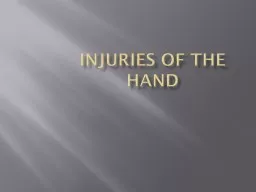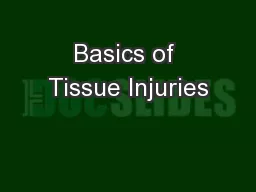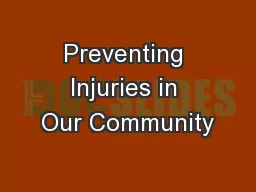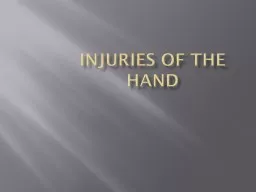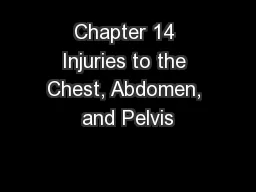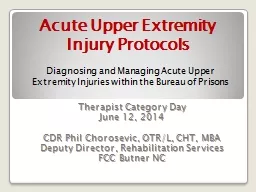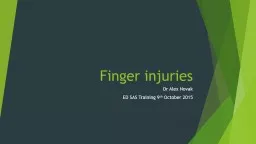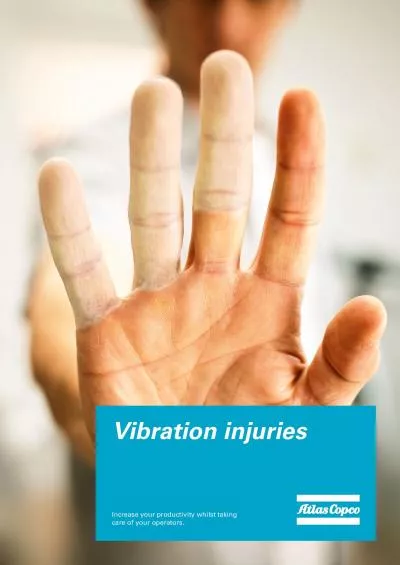PPT-Injuries of the hand
Author : ellena-manuel | Published Date : 2016-07-16
Contents Introduction Hand anatomy Ligament and dislocation injuries Fractures in hand Compartment syndrome Nerve injuries Arterial injuries Zones of the hand and
Presentation Embed Code
Download Presentation
Download Presentation The PPT/PDF document "Injuries of the hand" is the property of its rightful owner. Permission is granted to download and print the materials on this website for personal, non-commercial use only, and to display it on your personal computer provided you do not modify the materials and that you retain all copyright notices contained in the materials. By downloading content from our website, you accept the terms of this agreement.
Injuries of the hand: Transcript
Download Rules Of Document
"Injuries of the hand"The content belongs to its owner. You may download and print it for personal use, without modification, and keep all copyright notices. By downloading, you agree to these terms.
Related Documents

